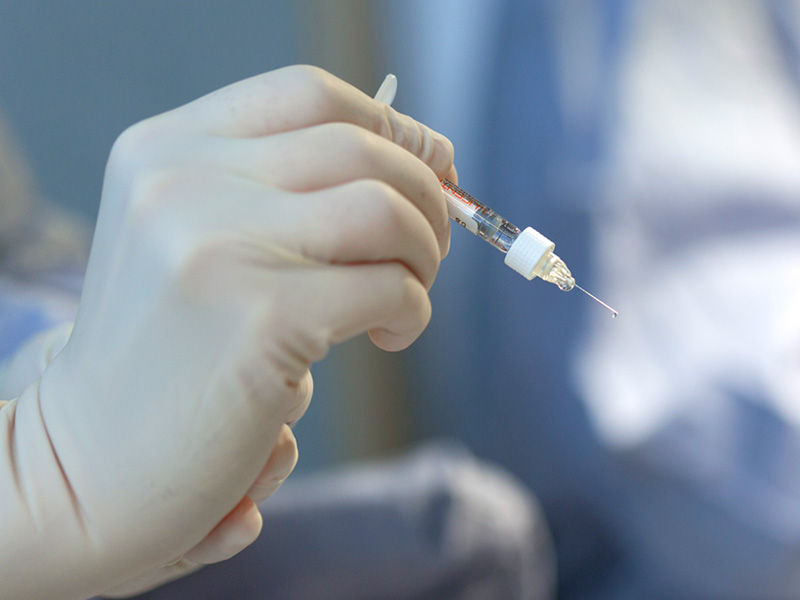All about the skin around the eyes and “drooping” eyelids
04/04/2025

19/12/2017
It is a simple surgical procedure, the purpose of which is to inject drugs straight into the inside of the eyeball (vitreous cavity). This enables us to reach very high concentrations of medication at intraocular level that by oral or intravenous means would not be possible. The reason for this is that the eye is an organ isolated from the rest of the body and this makes it difficult for drugs that are not intravenously injected to reach high enough concentrations inside it.
Use and types
They are used for the treatment of retina or vitreous conditions. And depending on the indications given, we chose different types of intravitreal drugs: antibiotics, angiogenesis inhibitors, corticosteroids, etc.
At present, the injections that are most frequently given are angiogenesis inhibitors which include 2 drugs: Ranibizumab and Aflibercept. They are now widely used for dry and wet age-associated macular degeneration treatment, and secondary choroidal neovascular membrane treatment (secondary to high myopia, for example). They are also the treatment of choice in cases of macular oedema (swelling of the central retina) associated with vascular diseases of the retina (vein obstruction, diabetic retinopathy, etc.).
The use of injections of intravitreal corticosteroids is also widespread, specifically an intraocular Dexamethasone delivery device. Its indications include macular oedema of vascular origin (diabetic macular oedema or venous occlusion macular oedema, etc.) or inflammatory oedema in the context of eye inflammation (uveitis) or after intraocular surgery (macular cystoid oedema).
We treat serious intraocular infections called endophthalmitis with intravitreal antibiotics. Even though they are not medications themselves, gases or intraocular air can be injected to treat selected cases of retinal detachment.
Conditions and administration
For the patient's maximum safety and comfort in surgical theatres or clean rooms, intravitreal injections must be given under strict sterile conditions. Administration is practically painless, as anaesthetic eyedrops are instilled and they are well tolerated by the patient. No preoperative preparation is required. The only preparation required in the postoperative period is the application of antibiotic eyedrops to prevent infections. If we follow these instructions, the risk of complications is extraordinarily low.